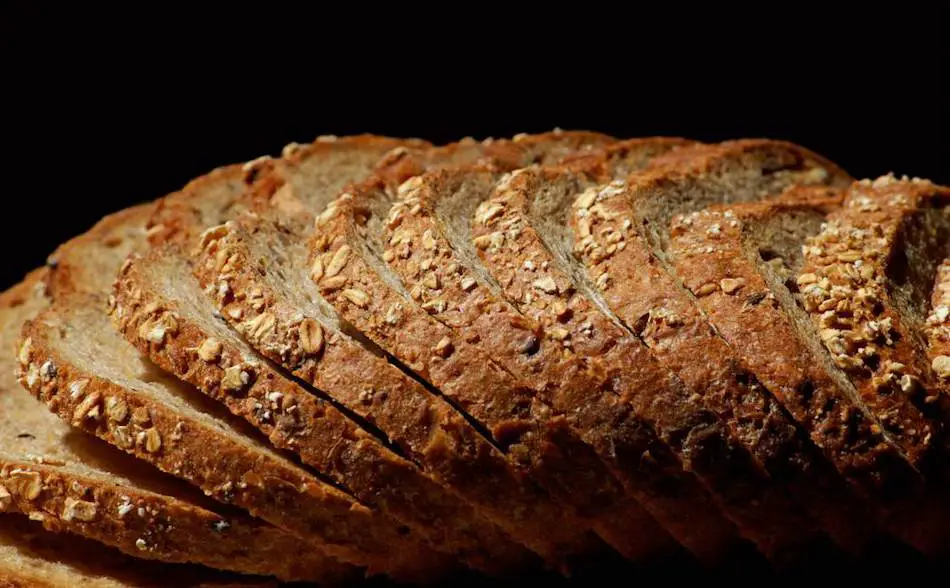
Whole wheat bread is a staple in many households, but achieving the perfect texture can be a challenge. Dense, heavy loaves can be a disappointment, but with the right techniques and understanding, you can create light and fluffy whole wheat bread every time. This article will provide tips and tricks for mastering the art of whole wheat bread baking, from measuring ingredients to adjusting baking temperatures. Whether you’re new to baking or a seasoned pro, these techniques will help you create delicious, fluffy whole wheat bread that will impress your friends and family.
Whole wheat bread refers to bread made from whole wheat flour, which is made from the entire wheat kernel, including the bran, germ, and endosperm. However, due to the high fiber content and lower gluten development, whole wheat bread can sometimes be denser than bread made from all-purpose flour. To achieve a lighter texture, bakers may use a combination of whole wheat and all-purpose flour, adjust the yeast or fermentation process, or use specific techniques such as proper mixing, dough handling and shaping, and baking adjustments. With the right method and understanding, it is possible to make light and fluffy whole wheat bread.
- Understanding the causes of dense whole wheat bread: high fiber content, lower gluten development
- The importance of proper measuring and mixing techniques: accurate measurement, proper mixing
- The role of yeast and fermentation in whole wheat bread: yeast and fermentation are key to rise and flavor
- The impact of ingredients on whole wheat bread texture: whole wheat flour, liquids, fats, extras
- The benefits of using a bread machine for whole wheat bread: save time, achieve better product
- How to adjust the baking temperature and time for a lighter texture: adjust temperature and time
- The role of gluten development in whole wheat bread: gluten development is important for structure and texture
- The impact of dough handling and shaping on whole wheat bread texture: proper handling and shaping
- How to properly store and freeze whole wheat bread: proper storage and freezing can maintain bread quality.
- Kneading is important for whole wheat bread texture
- Dutch oven can create a lighter whole wheat bread
- Pre-ferments and sourdough starters add complexity to whole wheat bread
- Humidity and altitude affect baking, recipe and baking time should be adjusted accordingly
- Ratio of whole wheat flour to all-purpose flour affects final texture and flavor
- Adding nuts, seeds, and dried fruits can add flavor, texture, and nutrition
- Steaming is crucial for a nice crust and moist interior
Understanding the causes of dense whole wheat bread
When it comes to bread, I’ll be the first to tell you, it’s not rocket science, but it’s not a walk in the park either. Understanding why whole wheat bread can turn out dense is key to avoiding it. Whole wheat flour has a higher fiber content and less gluten development than all-purpose flour, and that means it doesn’t rise as much.
You can combat this by using a combination of whole wheat and all-purpose flour, or by adjusting your yeast and fermentation process. But that’s just the tip of the iceberg. It’s also important to pay attention to your measuring and mixing techniques, the impact of ingredients, and even the way you handle and shape your dough.
The importance of proper measuring and mixing techniques
One of the most critical steps in bread baking, especially when it comes to whole wheat bread, is proper measuring and mixing. If you don’t measure your ingredients accurately, or if you don’t mix your dough properly, you’re gonna end up with a dense loaf. It’s as simple as that.
Now, when it comes to measuring, I’m talking about using a kitchen scale instead of measuring cups. Why? Because a cup of flour can weigh anywhere between 4 and 6 ounces, depending on how you pack it. That’s a huge difference, and it can make all the difference in the final product. Same goes for mixing, you gotta mix that dough until it comes together and reaches the right consistency. And that takes some elbow grease, and you can’t be shy about it. You gotta put in the work if you want a light and fluffy loaf.
Proper measuring and mixing are the foundation of bread baking, and it’s especially important when it comes to whole wheat bread. Skimp on these steps and you’ll end up with a dense, heavy loaf that nobody wants to eat. But do it right, and you’ll have a bread that’s worth writing home about.
The role of yeast and fermentation in whole wheat bread
When it comes to whole wheat bread, one of the most important elements is yeast and fermentation. Yeast is what makes bread rise, and fermentation is the process that makes bread taste good. And when it comes to whole wheat bread, you gotta be extra mindful of both of those things.
Whole wheat flour doesn’t have as much gluten as all-purpose flour, which means it doesn’t rise as much. So, you got to be careful with the amount of yeast you use, or you’ll end up with a dense loaf. And fermentation, that’s where the magic happens. That’s where the bread develops its flavor and texture. And when you’re working with whole wheat flour, you have to give that fermentation process enough time, or you’ll end up with a bland, dense bread.
Yeast and fermentation, they’re the heart and soul of bread baking. And when it comes to whole wheat bread, you gotta be extra careful with them. Mess with the yeast and fermentation, and you’ll end up with a bread that’s not worth eating.
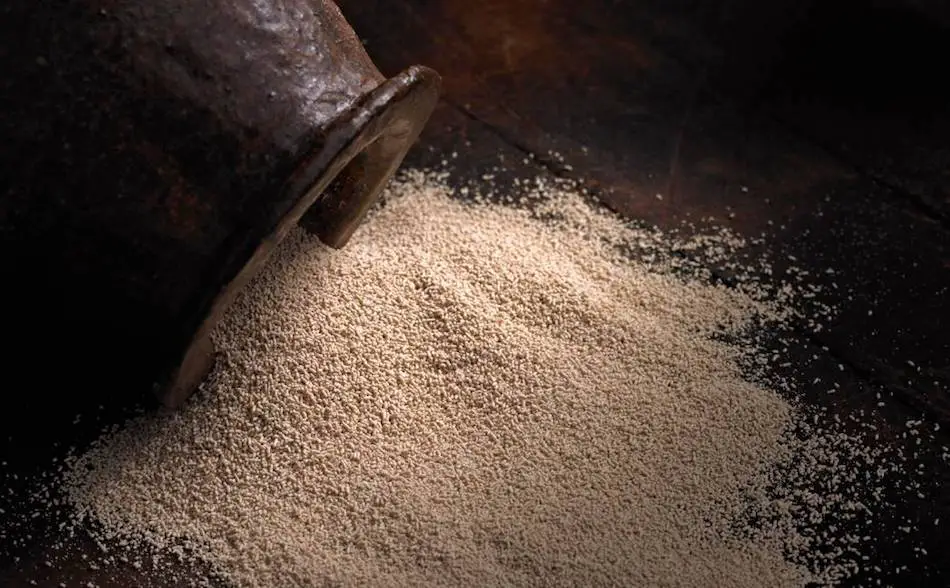
The impact of ingredients on whole wheat bread texture
When making whole wheat bread, you need to be extra mindful of what you put in that dough. Because, let’s face it, whole wheat flour can make for a dense loaf if you’re not careful.
When it comes to ingredients, the first thing you want to think about is the flour. Whole wheat flour, like I said, can make for a dense loaf. But, if you mix it with some all-purpose flour, you’ll get a better rise and a lighter texture.
The liquids, like water or milk play a big role in the hydration of the dough, and that impacts the final texture. And, don’t forget about the fat, whether it’s butter, oil or yogurt. It not only adds flavor, but also helps to create a softer crumb.
Then there’s all the little extras, like nuts, seeds or dried fruits. They can add flavor and texture, but they can also weigh down the dough. So, you need to be careful with how much you add.
Ingredients, they’re the building blocks of bread. And when it comes to whole wheat bread, you just be extra mindful of what you put in that dough.
The benefits of using a bread machine for whole wheat bread
Bread baking, it’s an art and a science. And when it comes to whole wheat bread, a bread machine can make all the difference.
A bread machine can take care of all the hard work for you, from mixing and kneading to rising and baking. And when it comes to whole wheat bread, that’s a big plus. Whole wheat flour can make for a dense loaf if you’re not careful. And a bread machine can help you avoid that. Plus, it can also help you with the timing, so you can have a fresh loaf of bread ready when you need it.
Now, I’m not saying you should rely solely on a bread machine, but it can be a great tool to have in your arsenal. It can save you time and hassle, and can also help you achieve a better final product.
Bread machines, they’re not just for convenience. They’re also a tool for bread baking perfection.
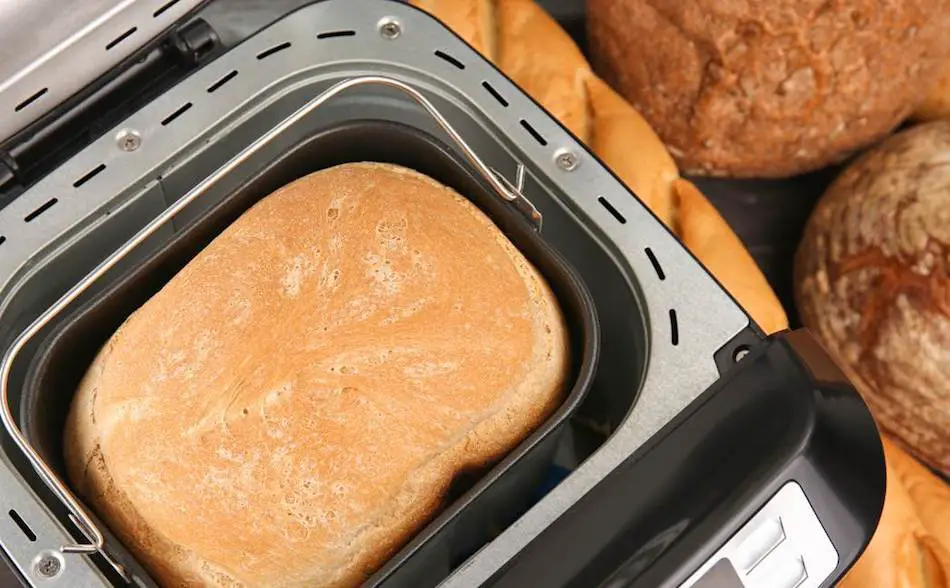
How to adjust the baking temperature and time for a lighter texture
Baking temperature and time have a huge impact on the texture of bread. For a lighter texture, you’ll want to lower the baking temperature and increase the baking time. This allows the bread to rise more slowly, which leads to a more open crumb structure. Also, keeping a humid environment while the bread is baking can also help to achieve a lighter texture.
One way to do this is by placing a tray of water in the oven while baking, or misting the bread with water before putting it in the oven. The key is to experiment with different temperatures and baking times to find what works best for your recipe and your oven.
The role of gluten development in whole wheat bread
When it comes to baking bread, the gluten development is key. Whole wheat flour contains less gluten than white flour, so it can be more challenging to achieve the same level of structure and rise in whole wheat bread as in white bread. However, with the right techniques, you can still make delicious whole wheat bread with a good structure.
One way to improve gluten development in whole wheat bread is by using a combination of whole wheat flour and bread flour, which has a higher gluten content. Another way is to use a pre-ferment, such as a sourdough starter, which can help to break down the wheat and improve the gluten structure.
Additionally, using a longer fermentation time and giving the dough a good amount of kneading will also help to strengthen the gluten in whole wheat bread. The key is to be patient, and understand that whole wheat breads may take a bit more time and attention to get right.
The impact of dough handling and shaping on whole wheat bread texture
Handling and shaping play a crucial role in the final texture of whole wheat bread. Whole wheat flour has less gluten than white flour, so it’s important to handle the dough gently to avoid over-working it. Over-handling the dough can lead to a dense, compact texture in the final bread.
To achieve a light, open texture in whole wheat bread, it’s important to shape the dough gently and without too much tension. This will allow the bread to rise fully, resulting in a more open crumb structure. Also, scoring the bread before baking can also help to control the direction of the rise and promote a more even expansion of the loaf.
Another important aspect of shaping the dough is to make sure that it is proofed properly. Whole wheat bread needs a longer fermentation time than white bread, so it’s essential to give the dough enough time to rise before shaping and baking.
In short, handling the dough gently, shaping it without too much tension, scoring the bread before baking and giving enough fermentation time are key to achieve a light, open texture in whole wheat bread.
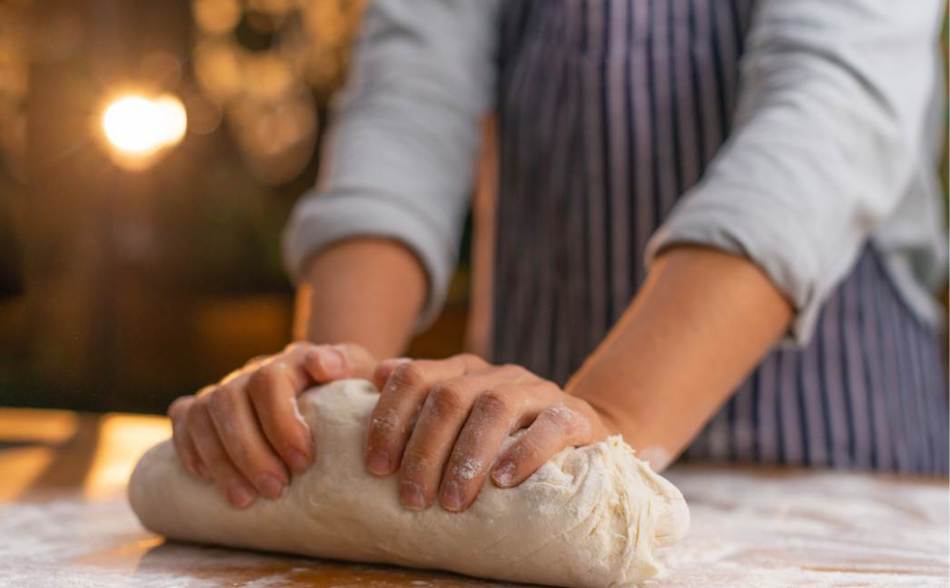
How to properly store and freeze whole wheat bread
Proper storage and freezing is crucial to maintaining the quality and texture of whole wheat bread. Freshly baked bread is best eaten within a day or two. For longer storage, it’s essential to keep it in a cool, dry place, ideally in a bread box or a paper bag. Avoid storing it in plastic bags or airtight containers, as this can trap moisture and cause the bread to become stale more quickly.
If you need to freeze the bread, it’s best to do so as soon as possible after baking, while it’s still fresh. Wrap the bread tightly in plastic wrap or foil and place it in a resealable freezer bag before freezing. This will help to protect it from freezer burn and moisture loss.
When you’re ready to eat the frozen bread, take it out of the freezer and let it thaw at room temperature for a few hours. You can also reheat it in the oven or on a skillet, which will help to restore the crust’s texture and give it a fresh-baked taste.
Keep in mind, whole wheat breads have a shorter shelf life than white bread, so it’s essential to store and freeze them properly to maintain the quality and texture. Trust me, a properly stored and frozen whole wheat bread will taste just as good as a fresh one.
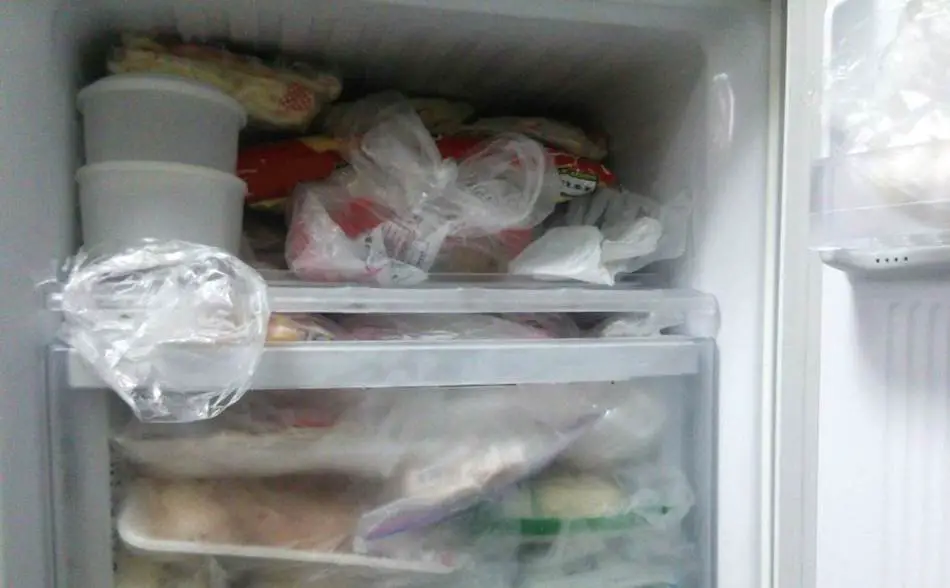
The role of rising agents and natural leavening in whole wheat bread
Rising agents and natural leavening play a crucial role in the final texture and taste of whole wheat bread. Whole wheat flour contains less gluten than white flour, so it can be more challenging to achieve the same level of rise and structure in whole wheat bread as in white bread. This is where rising agents come in.
Yeast is the most common rising agent used in bread baking, but it’s not the only one. Baking powder and baking soda are also commonly used as rising agents in bread baking, they help the dough to rise quickly and create a light and airy texture.
Natural leavening, using a sourdough starter, is another option for whole wheat bread. This method uses wild yeast and lactic acid bacteria to ferment the dough and create a tangy, complex flavor. Sourdough starters can take a bit more time and attention to maintain, but the result is a delicious, flavorful bread with a good structure.
When it comes to whole wheat bread, it’s important to understand the role of rising agents and natural leavening, and how they can be used to achieve the desired texture and flavor. Experiment with different methods and find what works best for your recipe and taste preference.
The impact of kneading on whole wheat bread texture
Kneading is a crucial step in the bread-making process and it plays a significant role in the final texture of whole wheat bread. Kneading the dough properly helps to develop the gluten and create a strong structure for the bread. Whole wheat flour, which is less glutenous than white flour, may need a bit more kneading to achieve the desired structure.
When kneading, you should aim for a smooth and elastic dough, this way it will rise well and have a good structure. Over-kneading can lead to a tough, dense bread, so it’s important to be mindful of the dough’s consistency and stop kneading as soon as it reaches the right point.
Another important aspect of kneading is to use the appropriate technique, whether it be by hand or by using a stand mixer, it’s crucial to use the right technique that works best for your dough.
Kneading plays a vital role in the final texture of whole wheat bread. It’s essential to knead the dough properly, using the appropriate technique, to achieve a smooth and elastic dough that will rise well and have a good structure. And remember, a good kneading is the key to a delicious, flavorful whole wheat bread.

How to use a Dutch oven for a lighter whole wheat bread
A Dutch oven is a great tool to use when baking bread, especially when you want to achieve a lighter texture. The heavy pot with a tight-fitting lid creates a humid environment that allows the bread to rise more slowly and develop a more open crumb structure.
To use a Dutch oven for a lighter whole wheat bread, start by preheating the oven to the desired temperature. Next, shape the dough and place it in the Dutch oven. Cover the pot with the lid and place it in the oven. The lid will trap the steam and create a humid environment that will help the bread to rise and develop a better structure.
When the bread is done baking, carefully remove the lid and continue baking for a few more minutes to create a nice crust.
It’s important to note that the Dutch oven needs to be preheated before using it, so the bread can start baking immediately. Also, the temperature and baking time may vary depending on your recipe, so it’s best to keep an eye on the bread while it’s baking and adjust the time and temperature accordingly.
So using a Dutch oven is a great way to achieve a lighter whole wheat bread. The humid environment it creates allows the bread to rise slowly, which leads to a more open crumb structure. Remember, a Dutch oven is not just for stews and soups, it’s also a valuable tool for bread baking.
The use of pre-ferments and sourdough starters in whole wheat bread
Pre-ferments and sourdough starters are a bread-making technique that can add depth and complexity to whole wheat bread. A pre-ferment is a mixture of flour, water, and yeast or sourdough starter that is made in advance and allowed to ferment before being added to the final dough.
When using a pre-ferment or sourdough starter, a small amount of the mixture is added to the final dough, along with flour, water, and other ingredients. The dough is then allowed to ferment for several hours before shaping and baking. The fermentation process breaks down the wheat and improves the gluten structure, resulting in a better rise and a more open crumb structure.
Sourdough starter, in particular, is a natural leavening method that uses wild yeast and lactic acid bacteria to ferment the dough. The fermentation process takes longer than using commercial yeast, but it adds a tangy and complex flavor to the bread.
It’s essential to understand the process of making and maintaining a sourdough starter, it takes time, patience and attention to get it right. But once you master it, the result will be a delicious, flavorful and nutritious bread.
Pre-ferments and sourdough starters are a great way to add depth and complexity to whole wheat bread. The fermentation process improves the gluten structure and adds a tangy and complex flavor to the bread. It’s an art form that requires patience and attention to get it right, but the result is worth it.
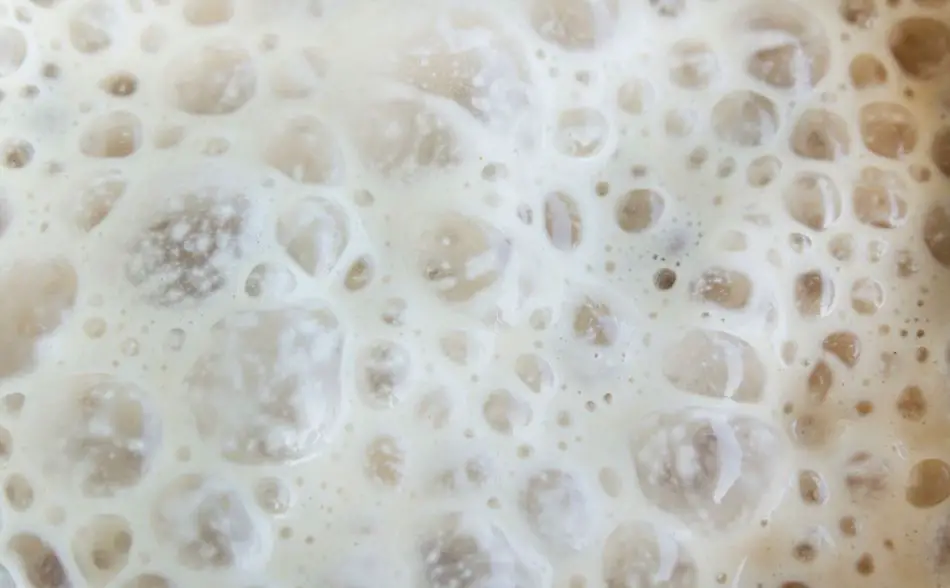
The role of humidity and altitude in whole wheat bread baking
Humidity and altitude play a crucial role in the baking process, and it’s essential to take them into account when baking whole wheat bread. Humidity affects the dough by adding or subtracting moisture, which can impact the rise and texture of the bread.
In a high-humidity environment, the dough will absorb more moisture, making it harder to handle and resulting in a denser, heavier bread. In a low-humidity environment, the dough will dry out more quickly, leading to a drier, crumbly bread.
Altitude also affects the baking process, as the air pressure is lower at higher elevations. This means that the dough will rise more quickly, and the baking time may need to be adjusted accordingly. Additionally, the oven temperature may also need to be adjusted to compensate for the lower air pressure.
When baking whole wheat bread, it’s essential to take into account the humidity and altitude in your area, and adjust the recipe and baking time accordingly. This may require some experimentation, but with the right techniques, you can bake delicious whole wheat bread no matter where you are.
Humidity and altitude play a crucial role in the baking process, and it’s essential to take them into account when baking whole wheat bread. Adjusting the recipe, baking time and oven temperature according to your location will ensure a delicious and well-baked bread.
How to adjust the ratio of whole wheat flour to all-purpose flour
The ratio of whole wheat flour to all-purpose flour can have a significant impact on the final texture and flavor of the bread. Whole wheat flour contains more fiber, protein, and nutrients than all-purpose flour but it can also result in a denser, heavier loaf if used in excess.
When using a high ratio of whole wheat flour, it’s essential to use a combination of whole wheat flour and all-purpose flour, or bread flour, which has a higher gluten content. This will help to balance the denser texture of the whole wheat flour and create a lighter, more open crumb structure.
Additionally, using a pre-ferment, such as a sourdough starter, can also help to improve the gluten structure and create a lighter loaf.
When adjusting the ratio of whole wheat flour to all-purpose flour, it’s essential to start with a small amount and gradually increase it until you reach the desired texture and flavor. It’s also important to keep in mind that the ratio may vary depending on the recipe, so it’s always a good idea to experiment and find what works best for you.
Adjusting the ratio of whole wheat flour to all-purpose flour can have a significant impact on the final texture and flavor of the bread. Combining whole wheat flour with all-purpose or bread flour and using a pre-ferment such as sourdough starter can balance the denser texture of the whole wheat flour and create a lighter, more open crumb structure. Remember, baking bread is an art and it’s always a good idea to experiment with different ratios and techniques.
The use of a bread proofer for a lighter whole wheat bread
A bread proofer, also known as a proofing box, is a great tool to use when baking bread, especially when you want to achieve a lighter texture. The proofer allows you to create a warm and humid environment that is ideal for fermentation and rising of the dough.
To use a bread proofer for a lighter whole wheat bread, start by preparing your dough and shaping it. Place the dough in the proofer and set the temperature and humidity to the desired levels. The proofer will keep the dough at a consistent temperature and humidity, which will help it to rise more slowly and develop a more open crumb structure.
When the dough is ready, carefully remove it from the proofer and place it in the oven to bake. The result will be a delicious, light and airy whole wheat bread with a good structure.
It’s important to note that the settings and time may vary depending on your recipe, so it’s best to follow the manufacturer’s instructions and experiment with different settings to find what works best for your dough.
A bread proofer is a great tool to use when baking bread, especially when you want to achieve a lighter texture. By creating a warm and humid environment, it allows the dough to rise more slowly and develop a more open crumb structure. Remember, a bread proofer is a valuable tool for bread baking that can help you achieve professional results at home.
How to add ingredients like nuts, seeds, and dried fruits to whole wheat bread
Adding ingredients like nuts, seeds, and dried fruits to whole wheat bread can add flavor, texture and nutrition to the bread. When adding these ingredients, it’s essential to keep in mind a couple of things.
First, you should add the ingredients in the right amount, using too much can weigh down the dough and affect the rise. Start by adding a small amount and gradually increase it until you reach the desired flavor and texture.
Second, you should also consider the size of the ingredients, coarsely chopping them or grinding them can make it easier for the dough to incorporate them.
When adding nuts, seeds, and dried fruits, it’s best to add them to the dough at the end of the kneading process, this way they will be evenly distributed throughout the dough.
Another option is to add them to the surface of the dough before baking, this will create a nice and crunchy crust.

The role of steaming in whole wheat bread baking
Steaming is a crucial step in the bread-making process, especially when it comes to whole wheat bread. Steam is essential for creating a nice, crusty exterior and a moist, tender interior. It also helps the bread to rise more fully and develop a good structure.
When baking whole wheat bread, you can create steam in the oven by adding a tray of hot water at the bottom of the oven, or by using a spray bottle to mist the dough with water before putting it in the oven. The steam created by these methods will help the bread to rise and develop a nice crust.
Another way to create steam is by using a Dutch oven, the tight-fitting lid of the pot will trap the steam and create a humid environment that will help the bread to rise and develop a better structure.
It’s essential to remember that the amount of steam and the timing will vary depending on the recipe, so it’s best to experiment and find what works best for your dough.
In short, steaming is a crucial step in the bread-making process, especially when it comes to whole wheat bread. Steam helps to create a nice, crusty exterior and a moist, tender interior, and also helps the bread to rise more fully and develop a good structure.
The importance of practice and experimentation in achieving a light and fluffy whole wheat bread.
Troubleshooting common problems with whole wheat bread can be challenging, but with practice and experimentation, you can achieve a light and fluffy loaf.
One common problem is a dense and heavy bread, this can be caused by over-kneading the dough, using too much whole wheat flour, or not using enough rising agents. To fix this problem, it’s essential to use the right amount of whole wheat flour, and to use a combination of whole wheat flour and all-purpose flour or bread flour. Also, use the appropriate rising agents and be mindful of the dough’s consistency during kneading.
Another common problem is a flat and dense loaf, this can be caused by not using enough rising agents, or by not creating enough steam during the baking process. To fix this problem, it’s essential to use the right amount of rising agents, and to create steam in the oven by adding a tray of hot water at the bottom of the oven, or by using a spray bottle to mist the dough with water before putting it in the oven.
Achieving a light and fluffy whole wheat bread requires practice and experimentation. Adjusting the recipe, rising agents, and baking techniques to suit your location and preferences will help you to achieve a delicious, light and fluffy loaf.
How to troubleshoot common problems with whole wheat bread
Troubleshooting common problems with whole wheat bread can be challenging, but with practice and experimentation, you can achieve a light and fluffy loaf.
One common problem is a dense and heavy bread, this can be caused by over-kneading the dough, using too much whole wheat flour, or not using enough rising agents. To fix this problem, it’s essential to use the right amount of whole wheat flour, and to use a combination of whole wheat flour and all-purpose flour or bread flour. Also, use the appropriate rising agents and be mindful of the dough’s consistency during kneading.
Another common problem is a flat and dense loaf, this can be caused by not using enough rising agents, or by not creating enough steam during the baking process. To fix this problem, it’s essential to use the right amount of rising agents, and to create steam in the oven by adding a tray of hot water at the bottom of the oven, or by using a spray bottle to mist the dough with water before putting it in the oven.
Achieving a light and fluffy whole wheat bread requires practice and experimentation. Adjusting the recipe, rising agents, and baking techniques to suit your location and preferences will help you to achieve a delicious, light and fluffy loaf.

